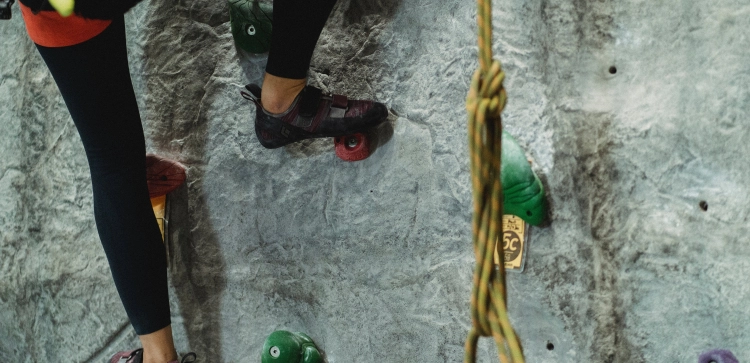How Can You Minimize Environmental Impact While Climbing?

Climbing is not just a sport; it's a deeply immersive experience that connects us with the outdoors and nature. As climbers, we have a responsibility to protect the environments we love and frequent. Fortunately, there are ways to minimize our environmental impact while pursuing our passion for climbing. In this guide, we'll explore the importance of sustainable climbing practices and provide actionable tips to help climbers preserve the beauty of natural climbing areas.
The Significance of Sustainable Climbing
Preservation of Climbing Areas:
Climbing areas are often fragile ecosystems. Our actions can harm the flora and fauna that call these areas home. Practicing sustainable climbing helps preserve these environments for future generations of climbers to enjoy and for the longevity of the environment.
Respect for Local Communities:
Many climbing areas are located near communities that rely on tourism. Sustainable climbing fosters positive relationships with local residents and ensures that climbing remains a welcome activity.
Personal Responsibility:
As climbers, we have a personal responsibility to be stewards of the environment. Minimizing our impact is a reflection of our love and respect for the places we climb.
Tips for Eco-Friendly Climbing
Follow Leave No Trace Principles:
Adhere to Leave No Trace (LNT) principles, which include packing out all trash, minimizing chalk use, and avoiding damage to vegetation and wildlife.
Stick to Established Trails:
Stay on designated trails and paths to prevent soil erosion and damage to fragile ecosystems.
Limit Chalk Use:
Use chalk responsibly and sparingly. Excessive chalk can discolor rocks and harm the environment.
Proper Waste Disposal:
Pack out all trash, including tape, wrappers, and food scraps. Never leave waste behind.
Pick Up Trash:
Many climbers, unfortunately, do not follow the Leave No Trace principle, and leave trash behind. It’s up to us climbers who respect the environment to pick up the trash left behind by others.
Practice Responsible Bolting:
If you're involved in route development, consult local climbing organizations and adhere to bolting guidelines to minimize environmental impact.
Conclusion
Sustainable climbing is not a restriction, but a commitment to the environment that enriches our climbing experiences. By following eco-friendly practices and respecting the natural world, we can enjoy climbing while preserving the very places that make it possible.
Remember that every climber has the power to protect climbing areas. Through our collective efforts, we can ensure that the beauty and serenity of these natural environments remain intact for generations of climbers to come.













